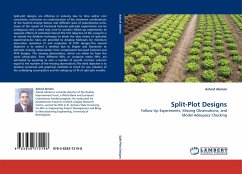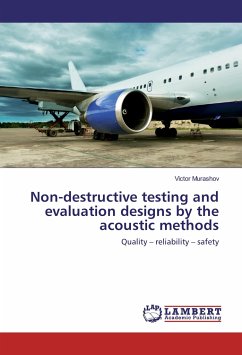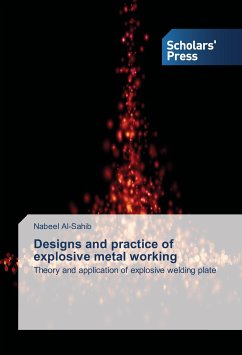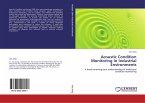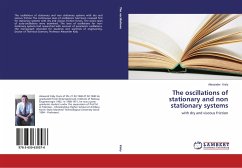Split-plot designs are effective in industry due to time and/or cost constraints, restriction on randomization of the treatment combinations of the hard-to-change factors and different sizes of experimental units. Some of the results of fractional factorial split-plot experiments can be ambiguous and a need may arise to conduct follow-up experiments to separate effects of potential interest.The first objective of this research is to extend the foldover technique to break the alias chains of split-plot experiments.Six rules are provided to develop foldovers for minimum aberration resolution III and resolution IV FFSP designs.The second objective is to extend a method due to Draper and Stoneman to estimate missing observations from unreplicated two-level factorial and FFSP designs. The missing observations, which can either be from the same whole-plot, from different WPs, or comprise entire WPs, are estimated by equating to zero a number of specific contrast columns equal to the number of the missing observations.The third objective is to develop numerical and graphical methods to check for any violation of the underlying assumptions and the adequacy of fit of split-plot models.

